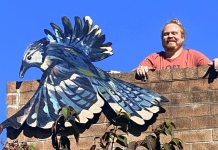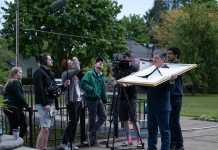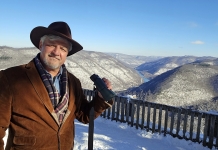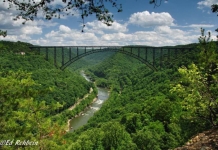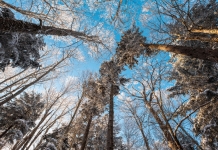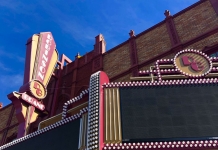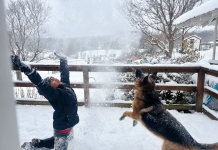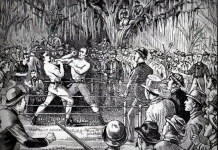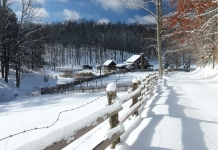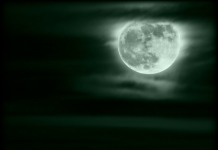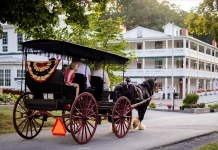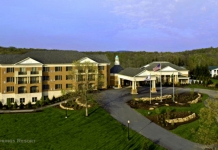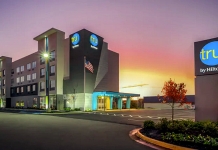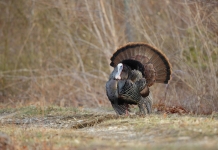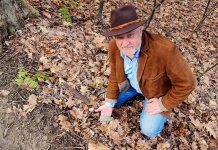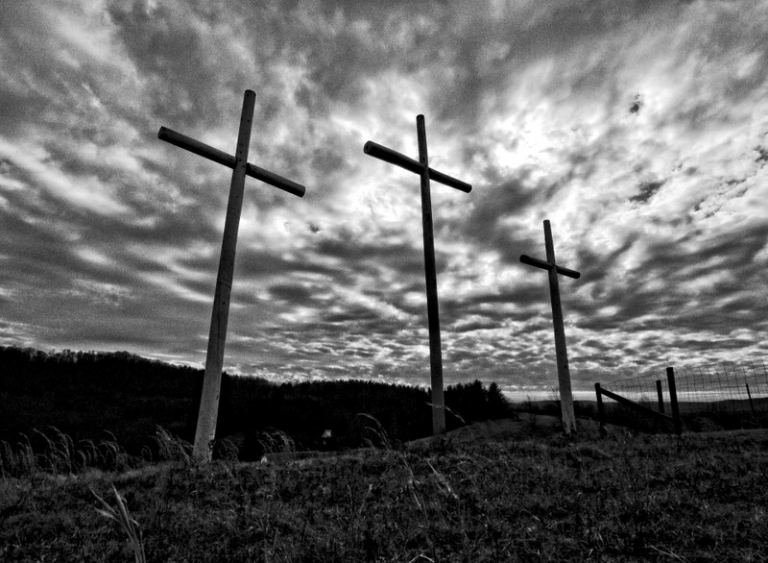SUTTON, W.Va.—One night in 1984, the Reverend Bernard Coffindaffer had an epiphany. God called him, he explained afterward, to erect sets of three crosses across the land to recall Christ's crucifixion at Calvary. He would raise them wherever he could and start nearby—in the foothills west of the Allegheny Mountains in central West Virginia.
In less than a decade, thousands of such crosses had sprung up across the eastern U.S., capping knolls and other landmarks along highways from Florida and Texas north into Pennsylvania and beyond.
In 1993, Coffindaffer died of a heart attack at his Craigsville, West Virginia home. Though other groups have taken up his ministry, many crosses have fallen into disrepair or collapsed entirely. There's every chance that more than a quarter-century after they were raised, many will have perished by the half-century mark.
Here are some facts about the crosses and Coffindaffer that may or may not be known by the millions of people who see them along U.S. highways annually.
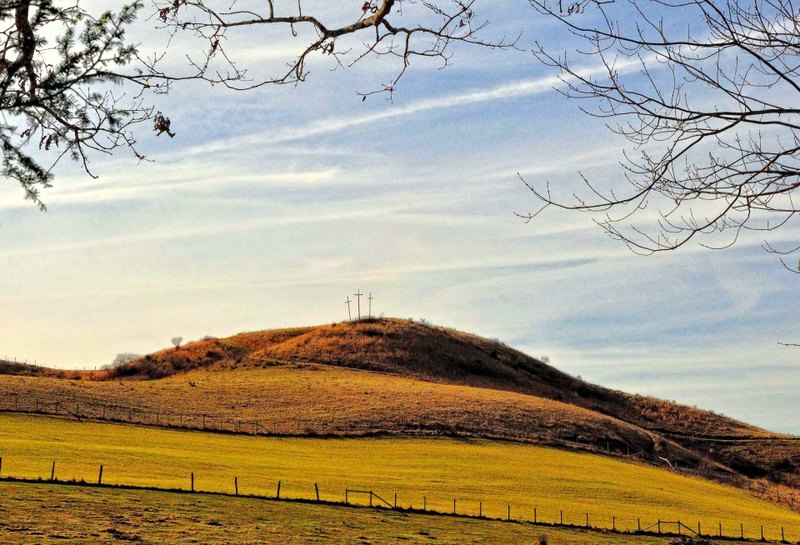
The first set of Coffindaffer's crosses was raised on a knoll along I-79 at Flatwoods, West Virginia, near the very center of West Virginia. Once established, many property owners offered their land to the ministry. Many were located on hills that recalled Golgotha.

One of the most famous sets was raised on a small island in the Kanawha River near Gauley Bridge, West Virginia. It is now among the best-known and is among the most photographed landmarks in the southern state. The crosses are now lighted at night.
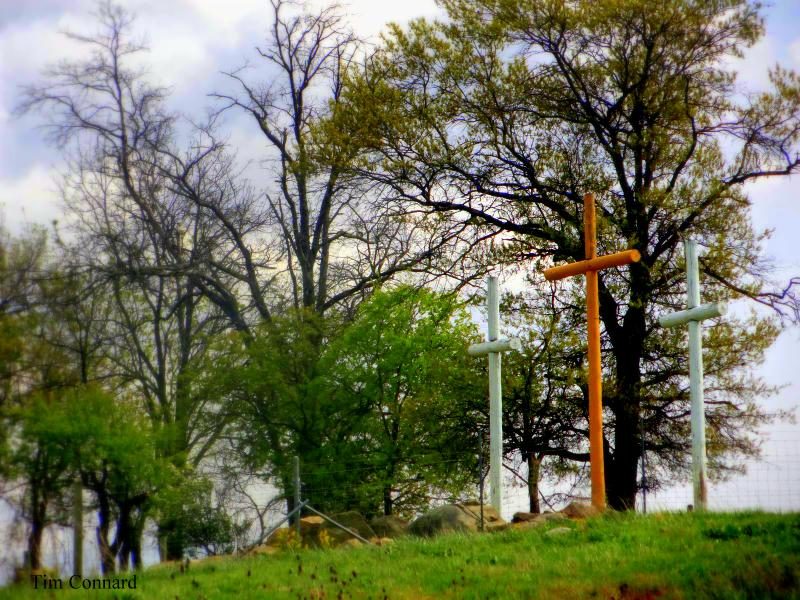
Coffindaffer said that in 1984 he felt a divine calling to raise the crosses. “I didn't see a spirit," he said. "I heard the authority of the voice of God. It was language, but no way was it a human voice. My wife watched me copy it all down at 3 o'clock in the morning.”
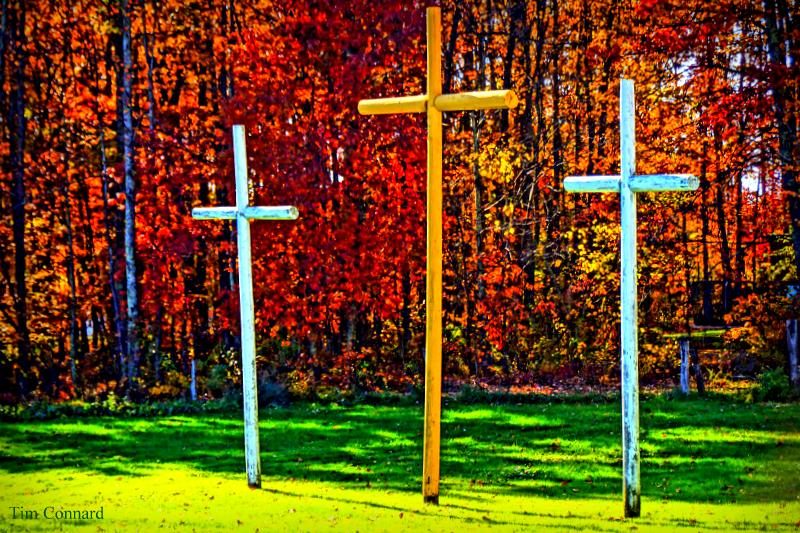
Coffindaffer sold off his business and used the profits, reportedly some $3 million, to create the nonprofit organization Cast Thy Bread Inc., which funded the installation of the “Crosses of Mercy,” as he called them, on the property of supportive patrons.
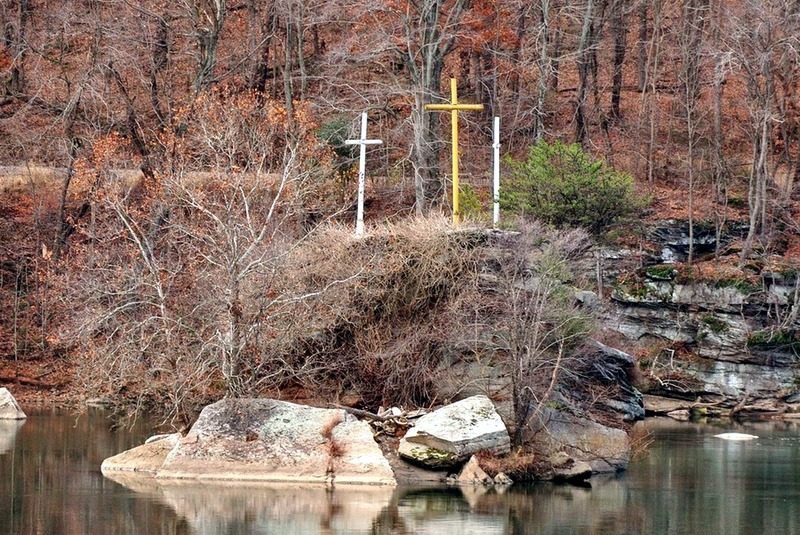
The first crosses were built of telephone poles. The center cross was painted gold, and the two flanking crosses were blue. Gold represented royalty, Coffindaffer said, and blue, the Earth. The central cross stands 25 feet tall. Flanking crosses are 20 feet tall.
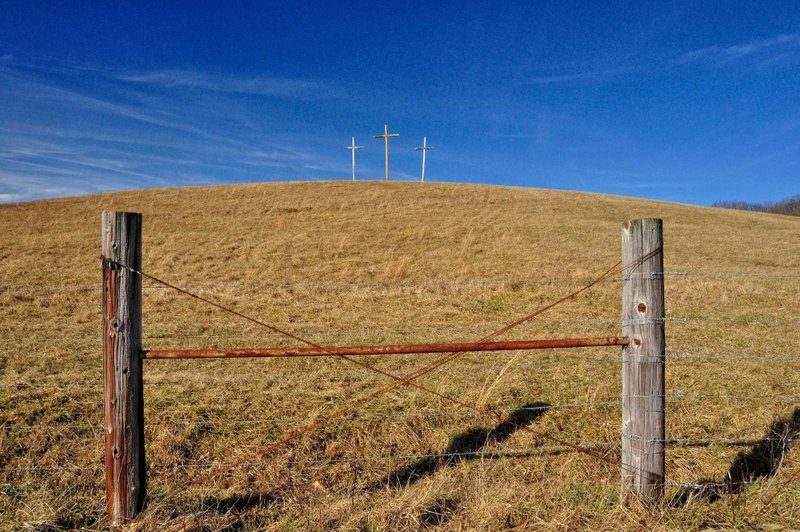
Coffindaffer worked in the oil industry and later founded a coal-washing business. He proclaimed himself a Christian at age 42 and then a Methodist minister. He served seven small churches in Pocahontas County. He was later awarded an honorary doctorate.
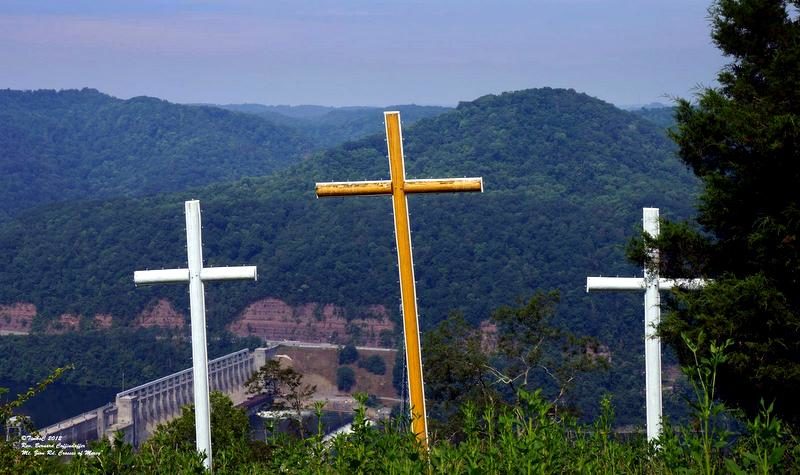
One of the most inaccessible sets of crosses was raised on a mountaintop 800 feet above the U.S. 19 expressway at the community of Birch River. Their installation required the crew to haul the timbers onto a 30-foot cliff at the summit. The crosses have since fallen.
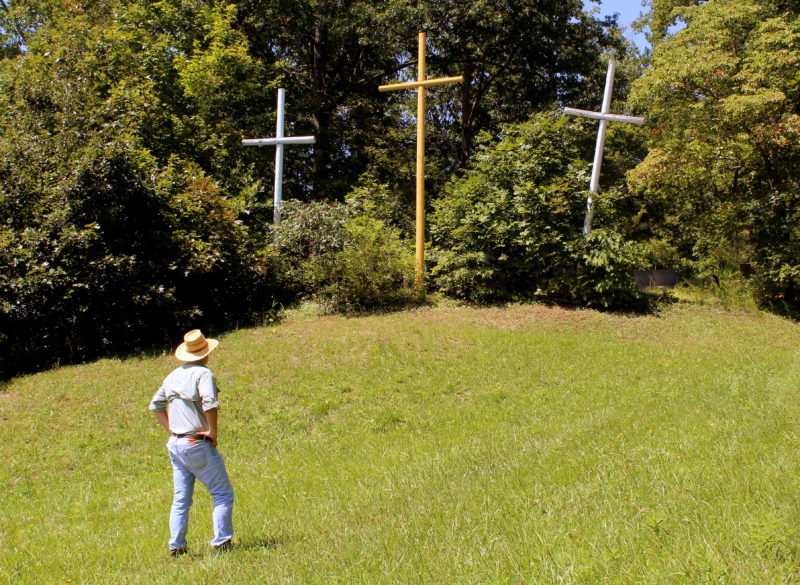
One of the first and most accessible sets of crosses is located along the U.S. 19 expressway at a small cemetery at the Herold Road intersection near Sutton, West Virginia. Plans for a marker memorializing Coffindaffer's efforts were proposed to be installed here after his death but were never finalized. Like many other groupings, these are leaning and in disrepair. This particular locale is popular for selfies.
Following Bernard Coffindaffer's death, the ministry Crosses Across America Inc., of Vicksburg, Mississippi, was established to continue his mission and maintain the crosses. However, the established website is no longer operative.
Mountain speech may still be heard in rural West Virginia
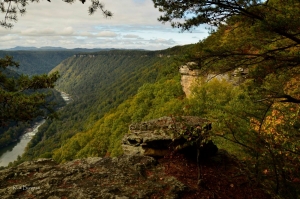
Though its speakers are aging and fast declining in number, there are still places in West Virginia where you can hear people speak in what’s known as the Southern Mountain Dialect, more often called Appalachian Speech.
Though it was often mocked as uncouth, many scholars defended it as well preserved. Isolated by the mountains, its speakers employed a form of speech that had not evolved as quickly as had speech in the open lands beyond. Read the full article here.
Sign up to receive a FREE copy of West Virginia Explorer Magazine in your email weekly. Sign me up!

